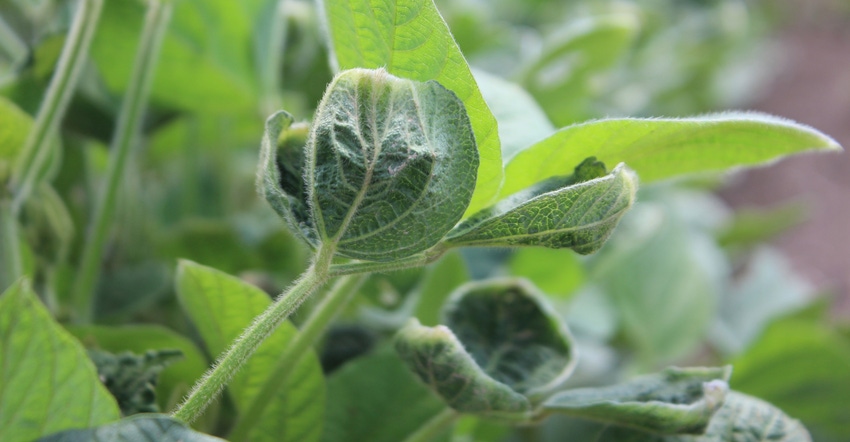July 12, 2018

By Peggy Kirk Hall and Cecilia Lokai-Minnich
As several major lawsuits over alleged dicamba drift in recent years play out in court, we wonder what legal issues we might see with dicamba applications this year. After the sharp increase in 2017 drift reports, EPA has agreed with Monsanto, BASF and DuPont to classify XtendiMax, Engenia and FeXapan dicamba products as “restricted use” and revise the product labels to further reduce the risk of harm from over-the-top applications. While we don’t know whether these changes will result in fewer reports of dicamba drift in 2018, we can predict that documentation will play a key role in those instances where drift may occur.
What is the status of dicamba litigation?
Earlier this year, a federal panel centralized 11 dicamba cases involving 136 plaintiffs in Arkansas, Missouri, Kansas and Illinois into one multidistrict litigation (MDL), "IN RE: Dicamba Herbicides Litigation." The MDL claims allege crop damage from XtendiMax, Engenia and FeXapan as well as harm from the development and marketing of Monsanto’s Xtend seeds. In "Bader Farms," the oldest MDL case, the judge recently dismissed some claims against BASF but allowed other claims to move forward, such as failure to warn, negligent design and marketing, negligent training, punitive damages, civil conspiracy, and trespassing. The judge also denied Monsanto’s motion to dismiss the farm’s claim that the company conspired to create an “ecological disaster.” We won’t likely see final decisions on questions of liability in any of the dicamba MDL cases until next year.
What can we learn from the dicamba drift cases?
A central argument in the dicamba litigation will be whether dicamba drifted due to operator error or product failure. One side claims that the herbicide is volatile and will drift in certain circumstances regardless of operator actions, while the other side believes that operator's actions and omissions caused the drift occurrences. This disagreement highlights the importance of evidence in a drift situation. The lesson we can learn is that an applicator must be prepared to prove the conditions surrounding a dicamba application, and show that the application met all label requirements. Thorough documentation should provide such proof and help resolve the critical question of what caused the drift incident.
What should an applicator do to reduce liability for drift in 2018?
Maybe an applicator isn’t imagining that he or she will end up in litigation over a dicamba drift incident, but remember, too, that an insurance provider will not cover harm from a restricted use pesticide drift application that is “off label.” Proof of label compliance is essential to ensuring that an applicator has insurance coverage if there is a drift liability incident. Applicators should maintain all receipts of dicamba products and other products used such as spray tank cleaners, and hold on to those receipts and records. The new labels require checking for sensitive crops, so applicators should be able to document use of Ohio’s Sensitive Crop Registry database. All of these actions will be useful whether the liability question arises from an insurance dispute or in dicamba product litigation.
What should an operator do if it appears his or her crops have been affected by drift?
Dicamba drift becomes visible two to three weeks after application. As we wrap up post-season applications of dicamba products to soybeans, we might start seeing evidence of drift. If so, document the situation right away with photographs and other records of the circumstances, such as date, time and location of physical harm. Many times, the matter can be resolved by working with the applicator and/or landowner. Where it appears there might be a violation of Ohio pesticide laws, such as an off-label or unauthorized application, the Ohio Department of Agriculture will conduct an investigation upon receiving a complaint. An affected party should direct a complaint to ODA’s Pesticide Program, 614-728-6987.
Hall is an associate professor at OSU and directs the Extension's agricultural and resource law program, and can be reached at [email protected]. Lokai-Minnich is a certified crop adviser at Integrated Ag, and can be reached at [email protected].
You May Also Like




